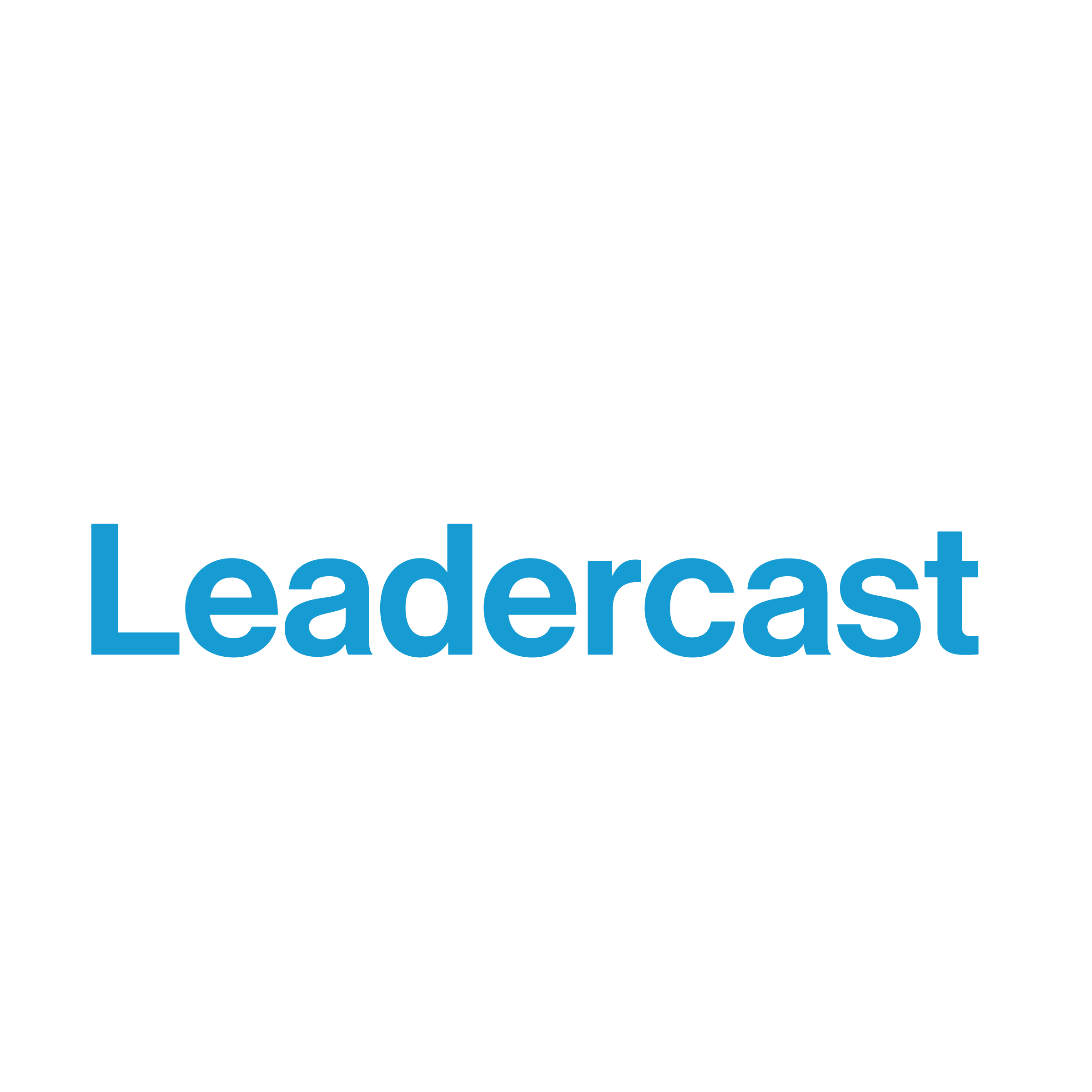1. Craft a purpose statement.
Start by getting very clear on what you want. This is summarized best in a concise purpose statement. Think the length of a Twitter post (before it extended its guidelines): 140 characters or less. A strong purpose statement will articulate your passions and unique strengths in a single sentence.
Reflect on what makes you truly happy and excited by asking these questions:
- What types of tasks, meetings or work am I doing on my favorite days? The answer to this question likely yields some sources of your true passions.
- What do people say I am naturally good at? This signals your strengths.
- What do people ask for my help or advice on? This is a strong indicator of your unique capabilities.
2. Establish goals.
Now, it’s time to build strong goals that will actively fulfill your purpose statement and make it a reality. Set two or three goals—any more than that is too many. With every potential goal, ask yourself, ”How does this help me fulfill my purpose statement?”
You may be familiar with SMART goals. Make sure your goals follow the SMART acronym:
- Specific: What specifically will need happen to be able to achieve this goal?
- Measurable: What numbers will I use to measure the successful achievement of this goal?
- Attainable: How attainable is this goal in the specified time frame?
- Relevant: How relevant am I to making this goal happen?
- Time-bound: When will this goal be achieved?
Once you have a strong set of goals, we’re ready to prioritize how you will achieve them.
3. Prioritize competencies.
Competencies are the skills, behaviors or attributes that define who we become. They range from leadership skills to detail-oriented attributes and communication behaviors. They ensure our ability to achieve our plans and strike a balance between our high-level goals and our purpose statements.
I recommend prioritizing three competencies of focus that have both a high impact and a high improvement rate on your purpose and goals. As a tool, the Nielson Group published a list of soft-skill competencies. It contains more than 100 competencies to choose from and includes descriptions for each. I highly recommend perusing it with your purpose and goals in mind. Select all of the competencies on the list that have an impact, then prioritize them based on your ability to improve upon your goals and purpose.
4. Determine actions.
This is the final step to building your winning career game plan. This step is fairly effortless, which is a nice reward for taking the time to invest in a purpose statement, set goals and prioritize competencies. If we have diligently articulated our purpose statement, crafted goals and chosen to focus on the competencies that drive the most positive impact, our tactical plan emerges naturally.
The beauty of this process is we can break down our goals into a desired time frame. I break mine down every three months and keep a running to-do list on my office whiteboard. Everything that makes the three-month task list supports my long-term purpose and goals.
Now, you have the process for building your winning career game plan. With every choice you make, you take a step closer to having the career you truly want.
